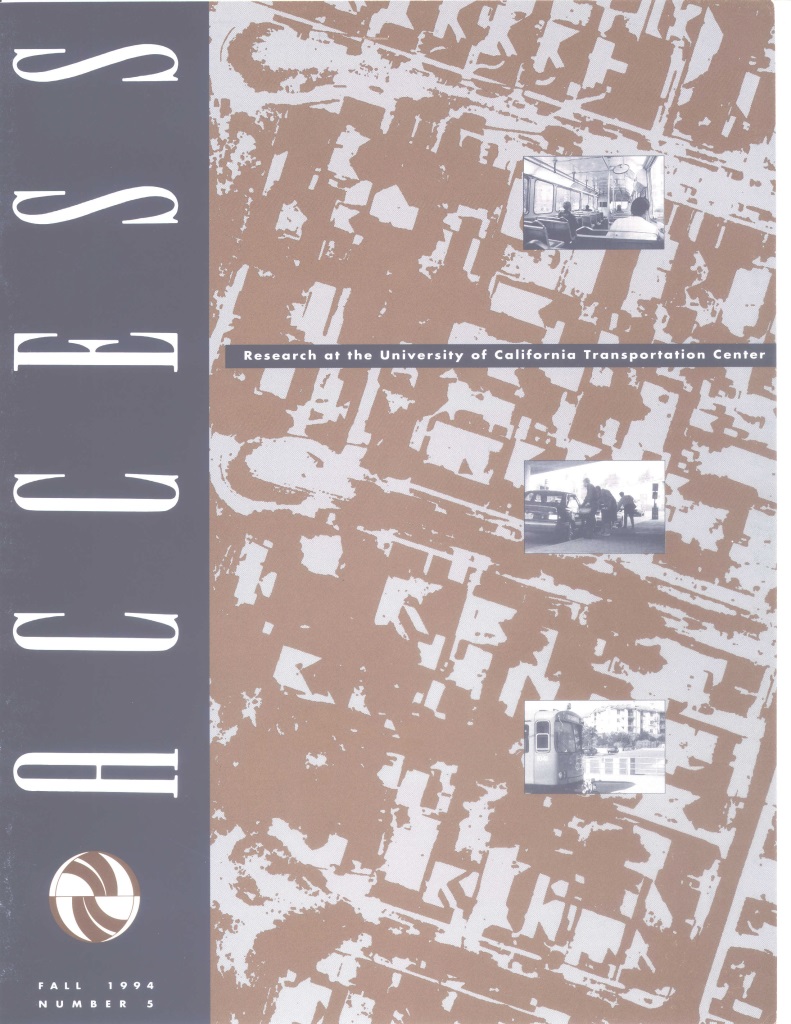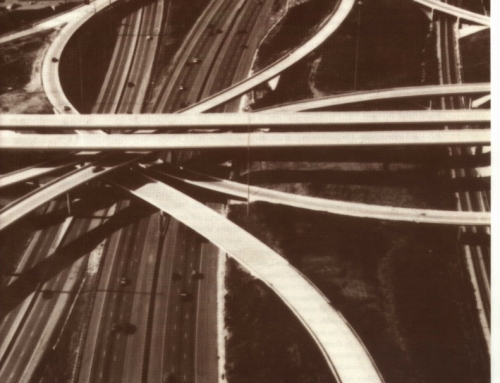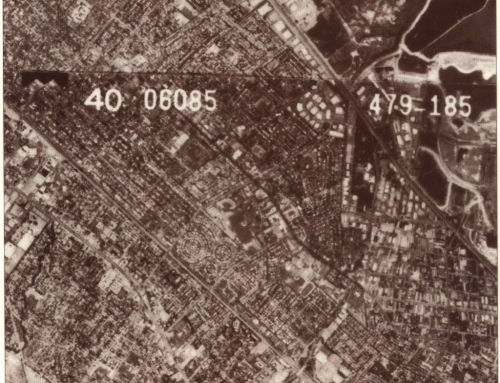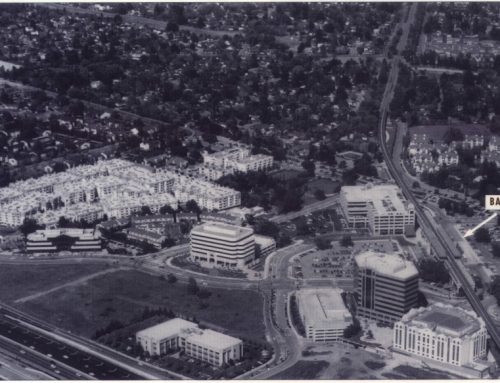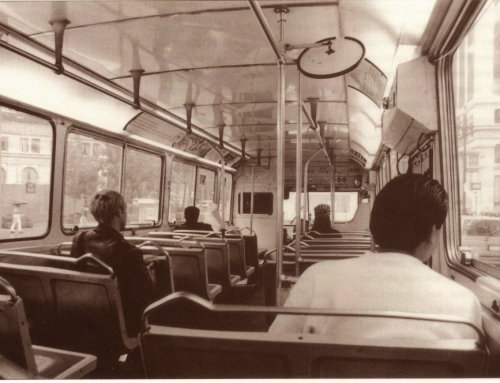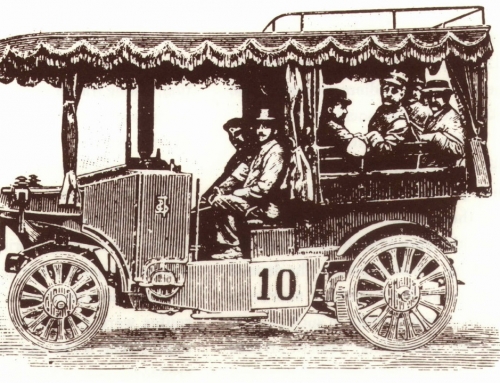In this issue of ACCESS, we examine how land use considerations can improve transportation planning. Transportation planners have traditionally sought to maximize mobility by supplying better roads and common carriers, thus making it easier to move around. Seldom have they sought to improve the characteristics of destinations. That’s been the responsibility of city planners and land developers. But, say our authors, that separation of land use and transportation planning is no longer good enough.
Susan Handy opens the discussion by urging that transportation planners promote accessibility, rather than mobility. Having recently moved to Austin, Texas, where streets and highways dominate the transportation system, she bemoans having to drive everywhere, wishing she could just walk in places having rich mixtures of shopping, eating, and other activities. Highways promote dispersion of destinations, she claims, forcing 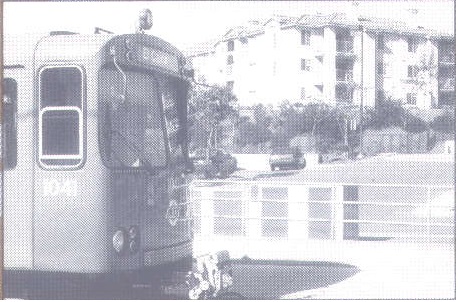 dependence on cars, thus leading to further dispersion. She asks us to focus on getting people to various places, instead of focusing on road construction that merely facilitates movement. In addition to encouraging alternative transport modes, planners should explore alternative land use planners, she says, proposing to get people to desired destinations by bringing the various destinations closer together.
dependence on cars, thus leading to further dispersion. She asks us to focus on getting people to various places, instead of focusing on road construction that merely facilitates movement. In addition to encouraging alternative transport modes, planners should explore alternative land use planners, she says, proposing to get people to desired destinations by bringing the various destinations closer together.
Land use patterns that concentrate housing near transit stations seem to boost accessibility. Robert Cervero, Michael Bernick, and their students have been studying the feasibility of transit villages – small communities where residents can live, shop, enjoy the outdoors, and walk to public transit. Their research into recent housing developments near California rail stations finds that new properties were leased quickly, at above-average prices, and to people who use the nearby transit. Their findings, summarized here by Cervero, led them to draft a bill for the California legislature that creates incentives for building mixed-use developments around transit stations. The Transit Village Act (AB 3152) has now been adopted and signed into law.
If transportation planners are actively to consider land use patterns, even going so far as to advocate land use policies, they’ll need improved analytic and planning tools. John Landis describes his California Urban Futures Model which simulates the effects of specific land use and transportation policies on urban growth patterns. The model allows transportation planners to coordinate with city planners before new land use patterns develop, instead of responding after the fact.
Future plans will undoubtedly include public transit, but the current transit financing crisis and the resultant cutbacks in many cities indicate that this will not be an easy task. Charles Lave traces the origin of transit’s financial problems. Starting thirty years ago, a series of federal 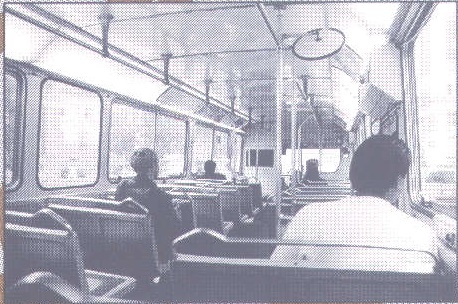 attempts to help the transit industry actually produced a progressive decline in its basic productivity, nearly doubling the cost of providing bus services. The future seems likely to see continued financial crisis and further service cutbacks.
attempts to help the transit industry actually produced a progressive decline in its basic productivity, nearly doubling the cost of providing bus services. The future seems likely to see continued financial crisis and further service cutbacks.
Concerned about the decline, in some places the demise, of public transit, Melvin Webber looks at contemporary land use patterns and concludes that mass transit – that is, transit using large vehicles-is a misfit in America’s suburbs. Given the small numbers of travelers having the same origins, destinations, and schedules, Webber holds that successful suburban transit must use automobiles and other small vehicles. He envisions centralized and computerized transport agencies using modern telecommunications to assure real-time door-to-door transit service, comparable in convenience to that of private automobiles.
Our authors are calling on transportation planners’ creativity in getting people to their destinations, whether it’s sending transit vehicles to our doors, or putting our doors next to transit stations, or planning for more shops and services to be clustered together. That means we must work toward enhanced accessibility, not merely increased mobility. For them, as for our magazine, the key concept is access.
Lydia Chen
Editor

